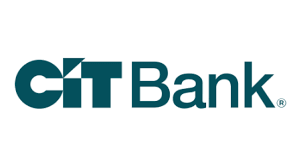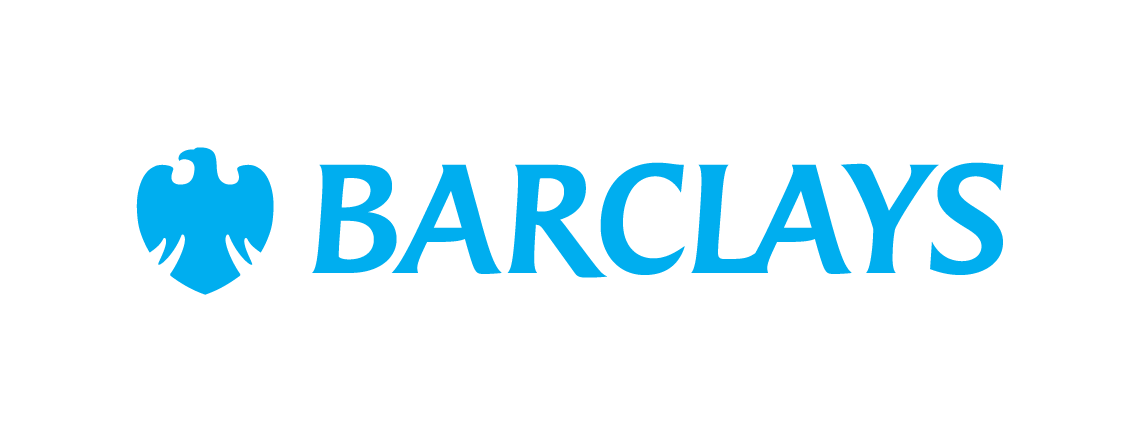3 Reasons You'll Regret Not Opening a High-Yield Savings Account in May 2023
KEY POINTS
- A high-yield savings account can grow your money faster, but today's high rates won't stick around forever.
- Banks may decide to lower APYs on savings accounts if the Fed begins bringing down the federal funds rate later this year.
- You can lock in today's high rate with a CD, but for more flexibility, a high-yield savings account might be a smarter choice.
A high-yield savings account is a safe place to park some extra cash. Whether it's your emergency fund, money for a down payment, or just good ol' regular savings, these accounts can help your money keep pace with inflation at an interest rate that's higher than your average savings account. And with APYs as generous as they are, you might be selling yourself short if you're storing cash in a regular savings account. Here's why.
1. You could earn a lot of interest
Currently, many banks are offering high-yield savings accounts with APYs between 4.00% and 4.75%, with some offering rates slightly higher than these. That means, for an account with an APY of 4.75%, you could earn $0.0475 annually for every dollar saved, or $475 for every $10,000.
Compare that with a regular savings account at Bank of America. For accounts below $2,500, your APY comes out to a whopping 0.01%. And if your account is above $2,500, then lucky you -- your savings will still grow at a rate of, yep, 0.01%. That means you'll earn $0.0001 in annual interest for every dollar you save in this account -- that's about enough penny to give you Lincoln's nose.
To show you the difference between these two accounts visually, here's how much $5,000, $10,000, and $15,000 would grow in a regular savings account (APY: 0.01%) and two potential high-yield accounts:
Our Picks for the Best High-Yield Savings Accounts of 2025
| Product | APY | Min. to Earn | |

American Express® High Yield Savings
Member FDIC.
APY
3.70%
Rate info
3.70% annual percentage yield as of April 12, 2025. Terms apply.
Min. to earn
$0
Open Account for American Express® High Yield Savings
On American Express's Secure Website. |
3.70%
Rate info
3.70% annual percentage yield as of April 12, 2025. Terms apply.
|
$0
|
Open Account for American Express® High Yield Savings
On American Express's Secure Website. |

CIT Platinum Savings
Member FDIC.
APY
4.10% APY for balances of $5,000 or more
Rate info
4.10% APY for balances of $5,000 or more; otherwise, 0.25% APY
Min. to earn
$100 to open account, $5,000+ for max APY
Open Account for CIT Platinum Savings
On CIT's Secure Website. |
4.10% APY for balances of $5,000 or more
Rate info
4.10% APY for balances of $5,000 or more; otherwise, 0.25% APY
|
$100 to open account, $5,000+ for max APY
|
Open Account for CIT Platinum Savings
On CIT's Secure Website. |

Barclays Tiered Savings
Member FDIC.
APY
4.15%
Rate info
Balances less than $250,000 earn 4.15%, and balances greater than $250,000 earn 4.40% APY.
Min. to earn
$0
Open Account for Barclays Tiered Savings
On Barclays' Secure Website. |
4.15%
Rate info
Balances less than $250,000 earn 4.15%, and balances greater than $250,000 earn 4.40% APY.
|
$0
|
Open Account for Barclays Tiered Savings
On Barclays' Secure Website. |
| Balance | APY | Yield after 1 year | Interest earned |
|---|---|---|---|
| $5,000 | 0.01% | $5,000.50 | $0.50 |
| 4.25% | $5,212.50 | $212.50 | |
| 4.75% | $5,237.50 | $237.50 | |
| $10,000 | 0.01% | $10,001.00 | $1.00 |
| 4.25% | $10,425.00 | $425.00 | |
| 4.75% | $10,475.00 | $475.00 | |
| $15,000 | 0.01% | $15,001.50 | $1.50 |
| 4.25% | $15,637.50 | $637.50 | |
| 4.75% | $15,712.50 | $712.50 |
2. Rates might change later this year
One drawback to high-yield savings account -- APYs can fluctuate.
Unlike certificates of deposit (CDs), which can fix today's interest rates for a specific period, a savings account doesn't guarantee you'll continue earning at today's interest rate indefinitely.
Right now, banks can offer high yields on savings accounts and CDs, simply because the federal funds rate is the highest it's been since 2006 and 2007. A higher federal funds rate -- currently at a range of 5% to 5.25% -- can boost a bank's interest-earning revenue, which gives it some extra margin to dish out more internet to clients and depositors.
But these rates aren't going to last forever. While we don't know the exact date when the Fed will start lowering rates, we know it's tied to inflation. A downward trend in inflation data might eventually compel the Fed to change its policy. Last month, annual inflation was at 4.9%. That was down from March when it was at 5%, which was also down from February when it was at 6% -- down from January when it was at 6.4%. Though we're still far from the Fed's target of 2%, a trend appears to be emerging.
Again, it's unclear when banks will change rates on high-yield savings accounts. But if you want to earn significant interest, I wouldn't hesitate. Now might be the best time to earn high interest while you can, if you're sure a high-yield savings account is right for you,
3. Money is (relatively) accessible
Now, if you're really financially savvy, you might be thinking, "If rates will eventually change, why don't I just lock them in with a CD?" And I would agree with you: You can lock today's rates for a certain period -- anywhere from three months to five years -- with a good CD.
But before you do, ask yourself this: Will I need access to my savings in the next three to six months? If your answer is a strong yes -- or a weak one but supported by a strong hunch -- a CD is probably not the best choice.
Most CDs don't allow penalty-free withdrawals. If your money is locked in one, you typically have to forfeit a portion of your interest to gain access. This makes CDs poor choices for emergency savings.
Most banks still follow Regulation D guidelines and let account holders withdraw cash six times monthly from a high-yield savings account. That can give you peace of mind knowing you can access your money if you need to.
Maximize your earnings
Of course, you don't have to choose between a high-yield savings account and a CD. You could split your savings between the two, keeping emergency funds in a savings account and cash you don't need right now in a CD. Whichever you decide is right for your money, May is a good month to act; otherwise, you might regret not opening a savings account with today's high APYs if rates drop in the near future.
Our Research Expert
We're firm believers in the Golden Rule, which is why editorial opinions are ours alone and have not been previously reviewed, approved, or endorsed by included advertisers. Motley Fool Money does not cover all offers on the market. Motley Fool Money is 100% owned and operated by The Motley Fool. Our knowledgeable team of personal finance editors and analysts are employed by The Motley Fool and held to the same set of publishing standards and editorial integrity while maintaining professional separation from the analysts and editors on other Motley Fool brands. Terms may apply to offers listed on this page. APYs are subject to change at any time without notice.